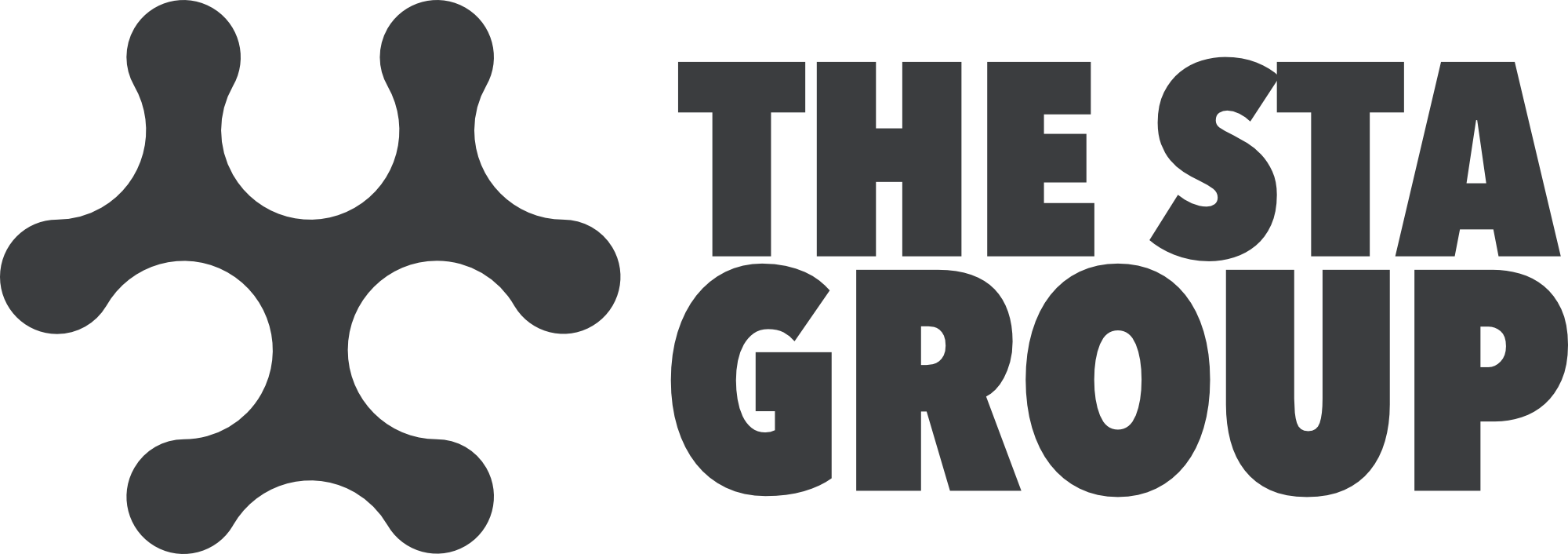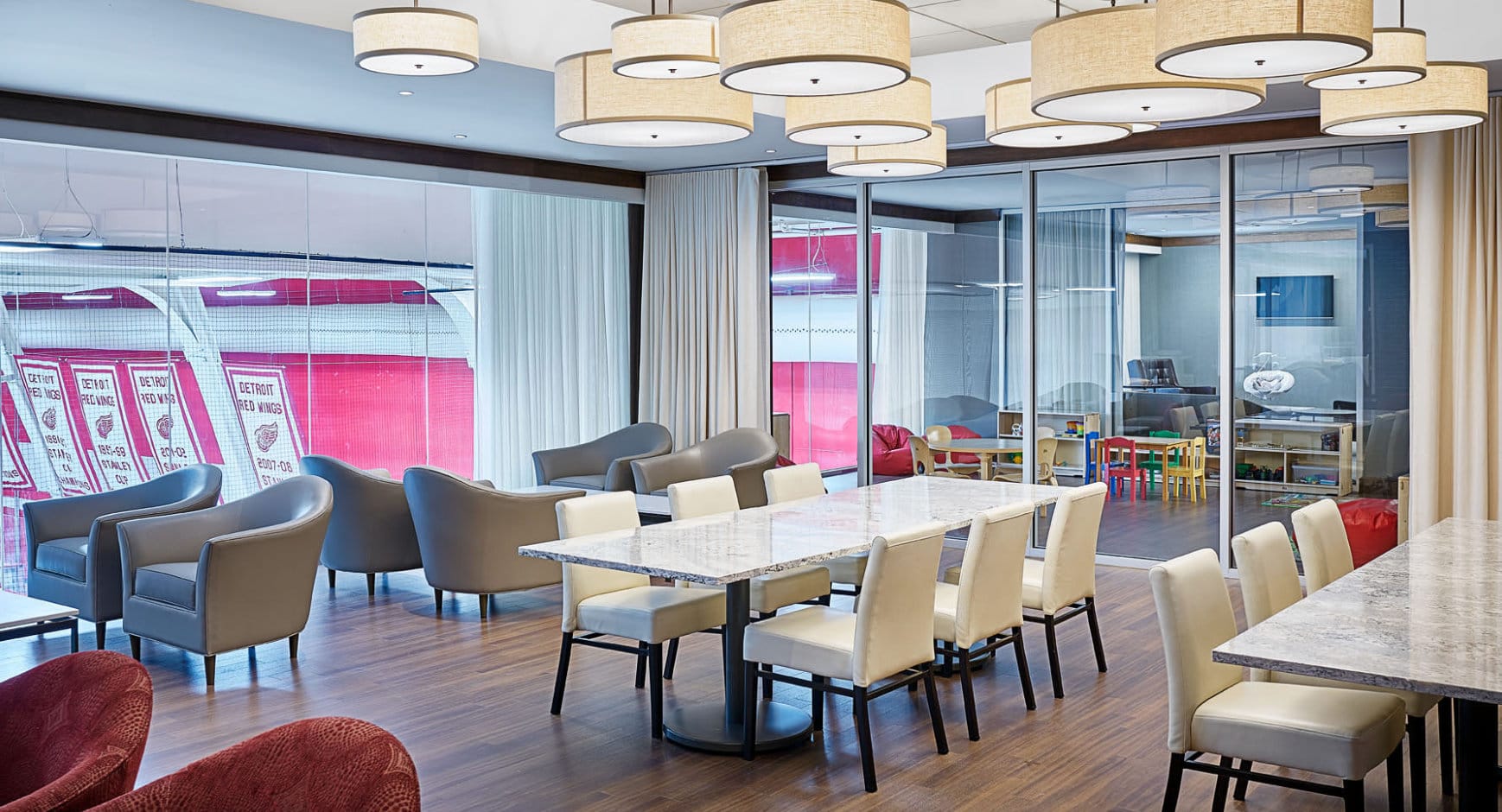HOK is a collective of future-forward thinkers and designers who are driven to face the critical challenges of our time. We are dedicated to improving people’s lives, serving our clients and healing the planet. Together, we cultivate a culture of design excellence at the confluence of art and science, blending the power of creative expression with a clear sense of purpose. HOK is a global design, architecture, engineering and planning firm. Our 1,600 people collaborate across a network of 26 offices on three continents.
HOK’s Sports + Recreation + Entertainment practice plans and designs world-class sports facilities, specializing in the design of arenas, stadiums, ballparks, entertainment centers and training facilities. These complexes are the centerpieces of successful, vibrant districts, communities and campuses. Current and recent projects include Etihad Arena in Abu Dhabi, UAE; Avicii Arena in Stockholm, Sweden; Newcastle Gateshead Quays in Gateshead, England; Roig Arena in Valencia, Spain; Scotia Place in Calgary, Alberta; Energizer Park in St. Louis, Missouri; the Jacksonville Jaguars’ Stadium of the Future in Jacksonville, Florida; the renovation of Bank of America Stadium in Charlotte, North Carolina; and a new Major League Soccer Stadium for New York City Football Club.
Learn more about HOK: hok.com




